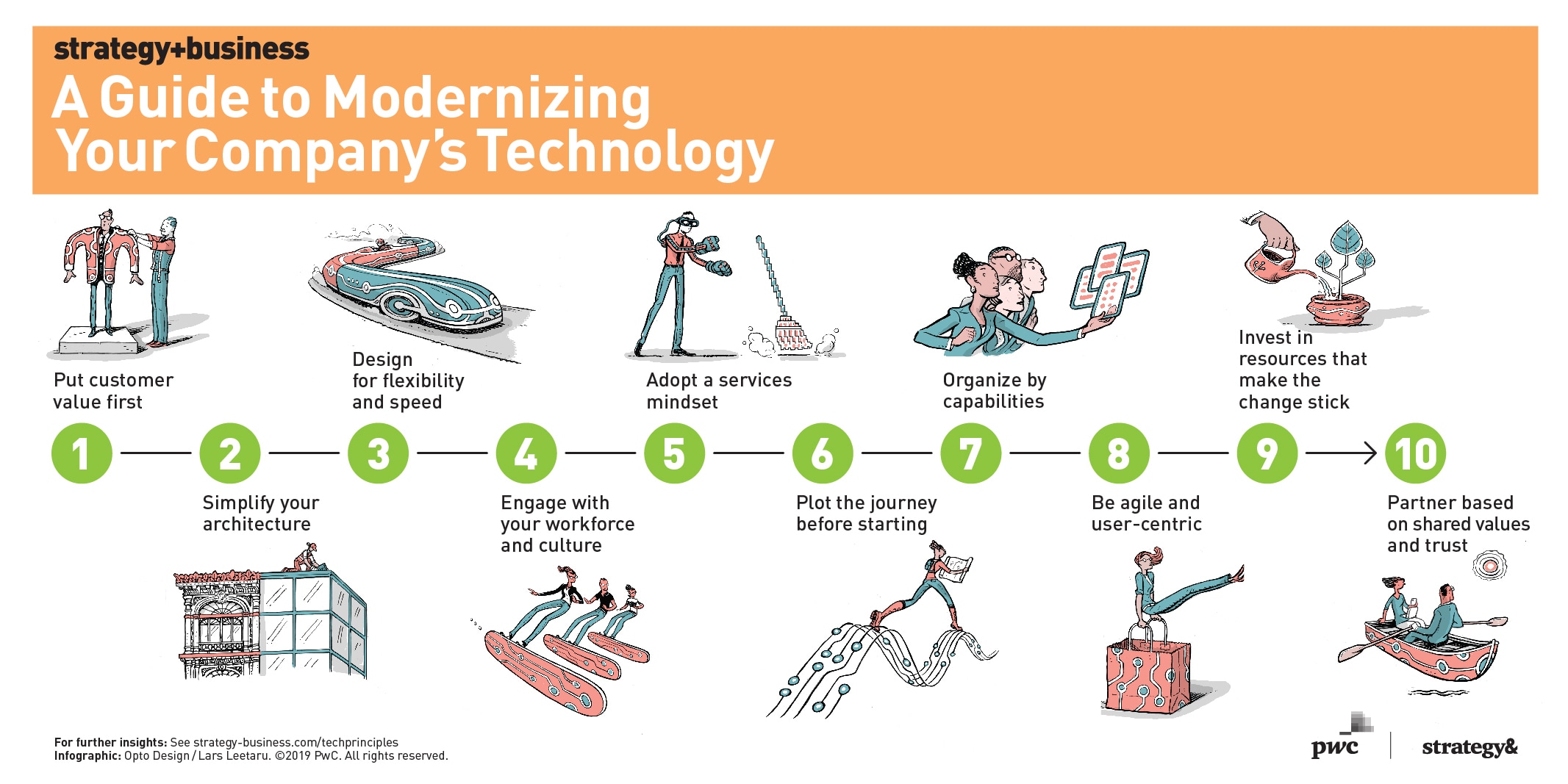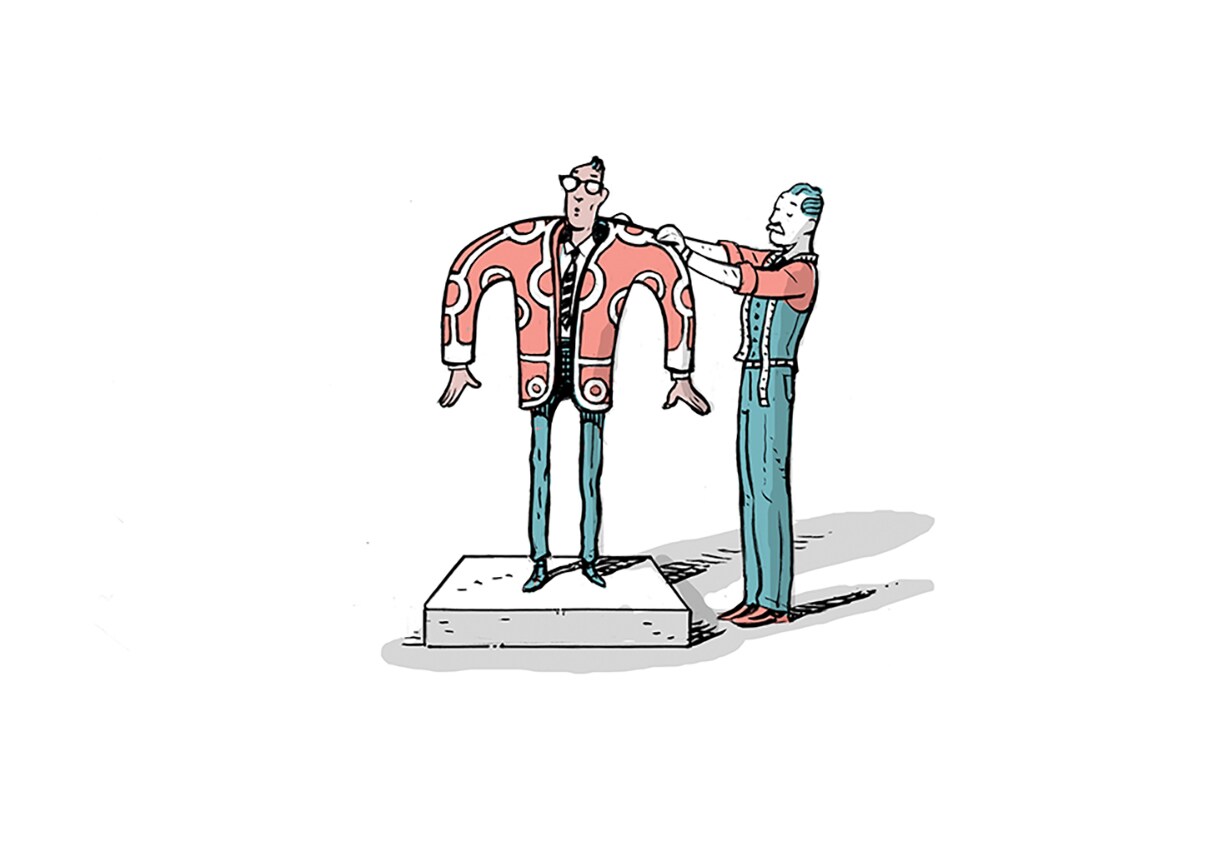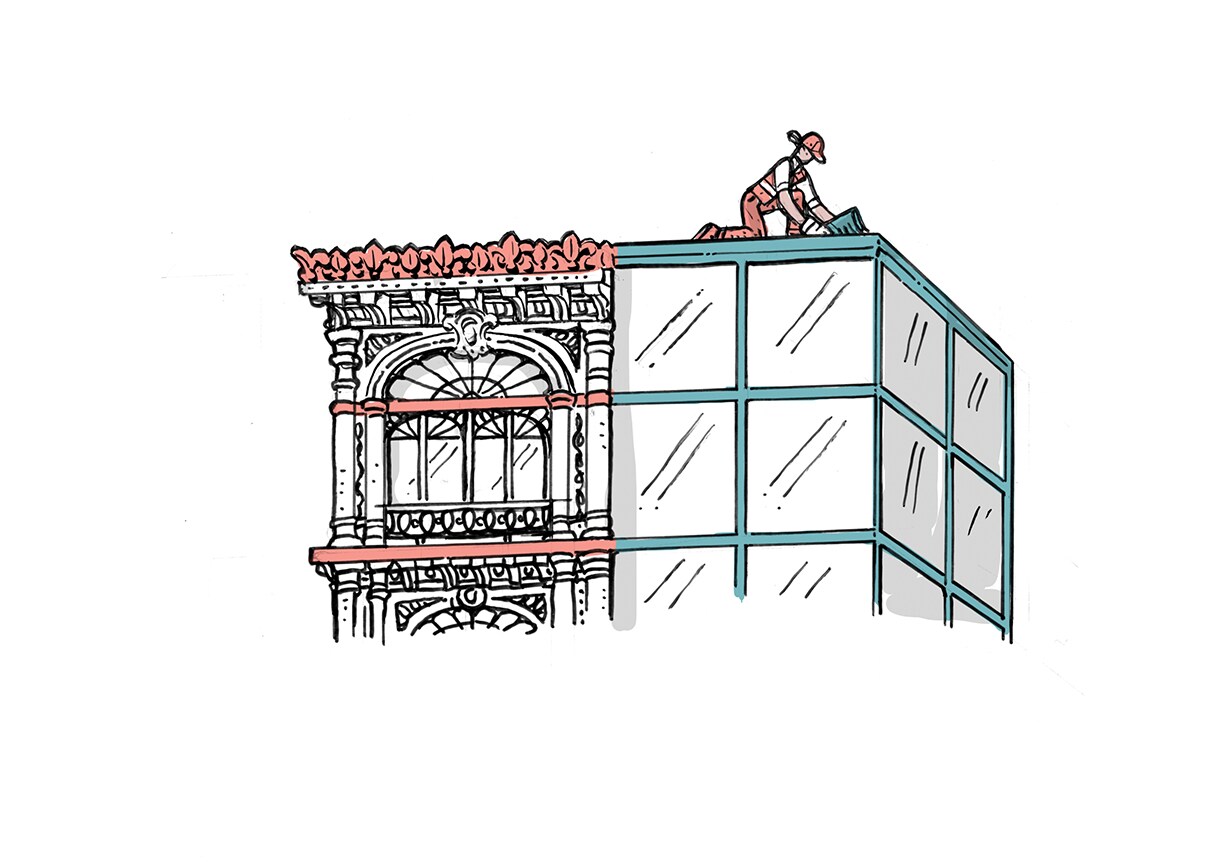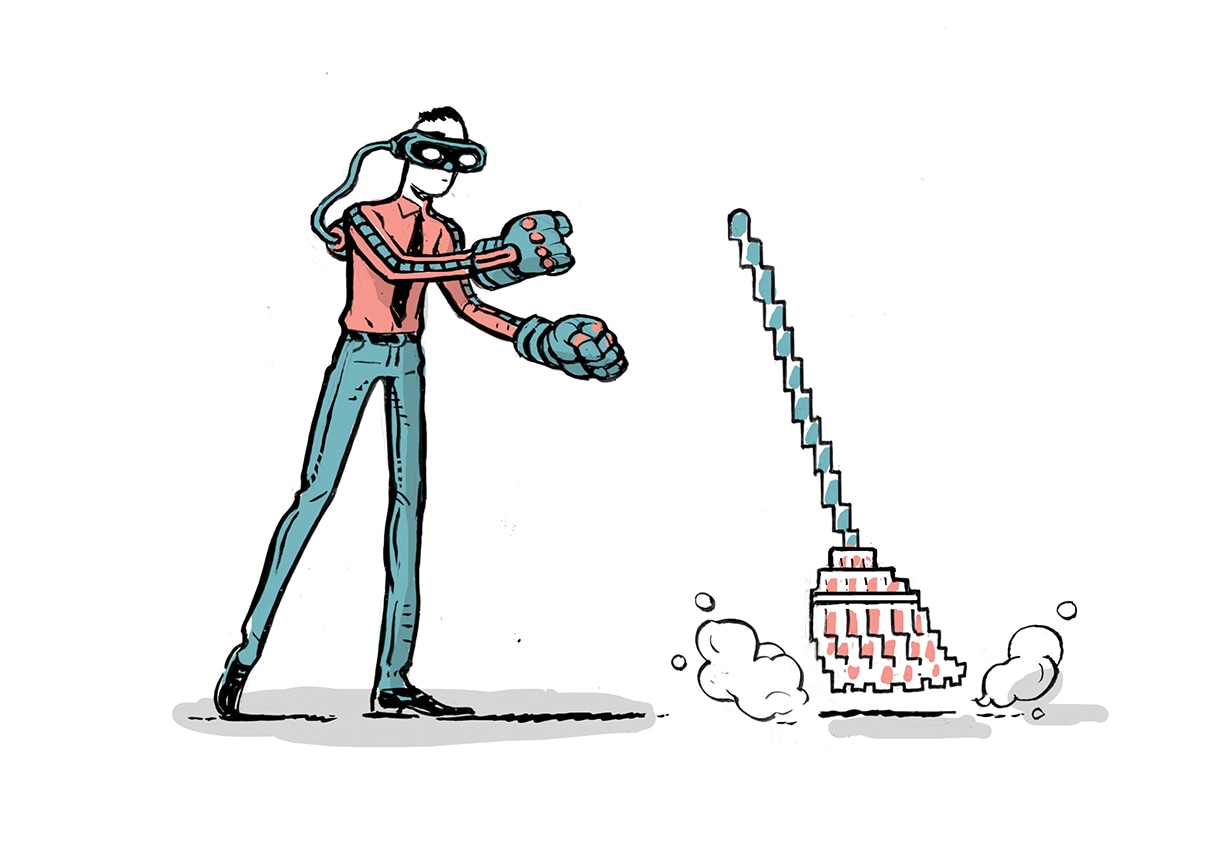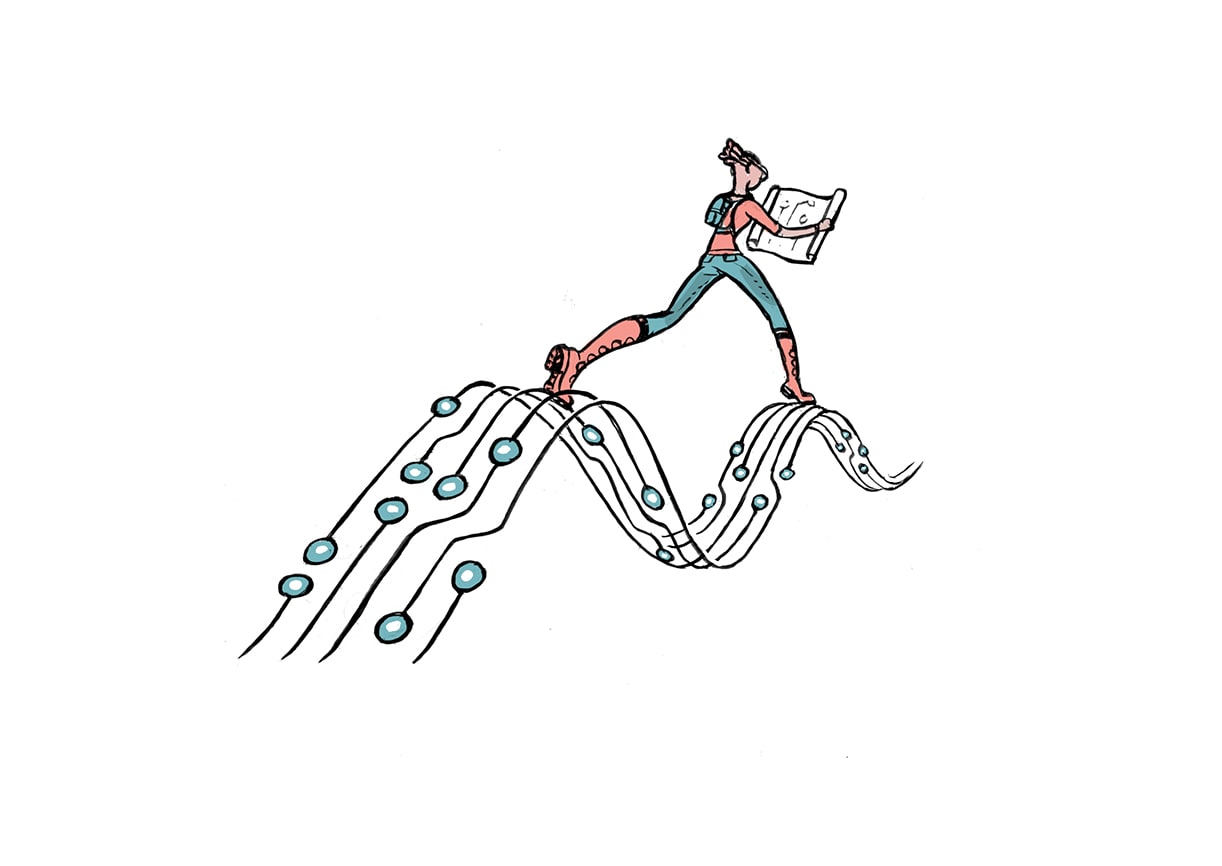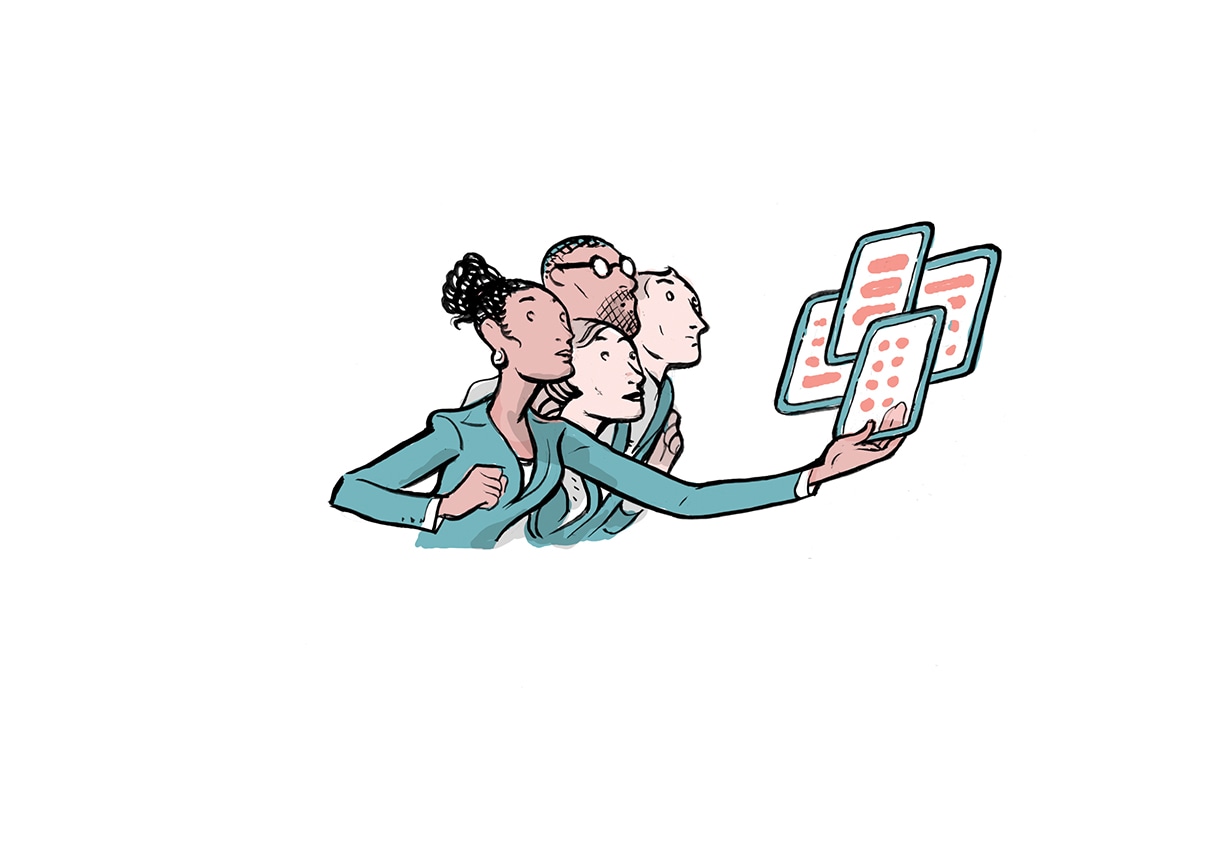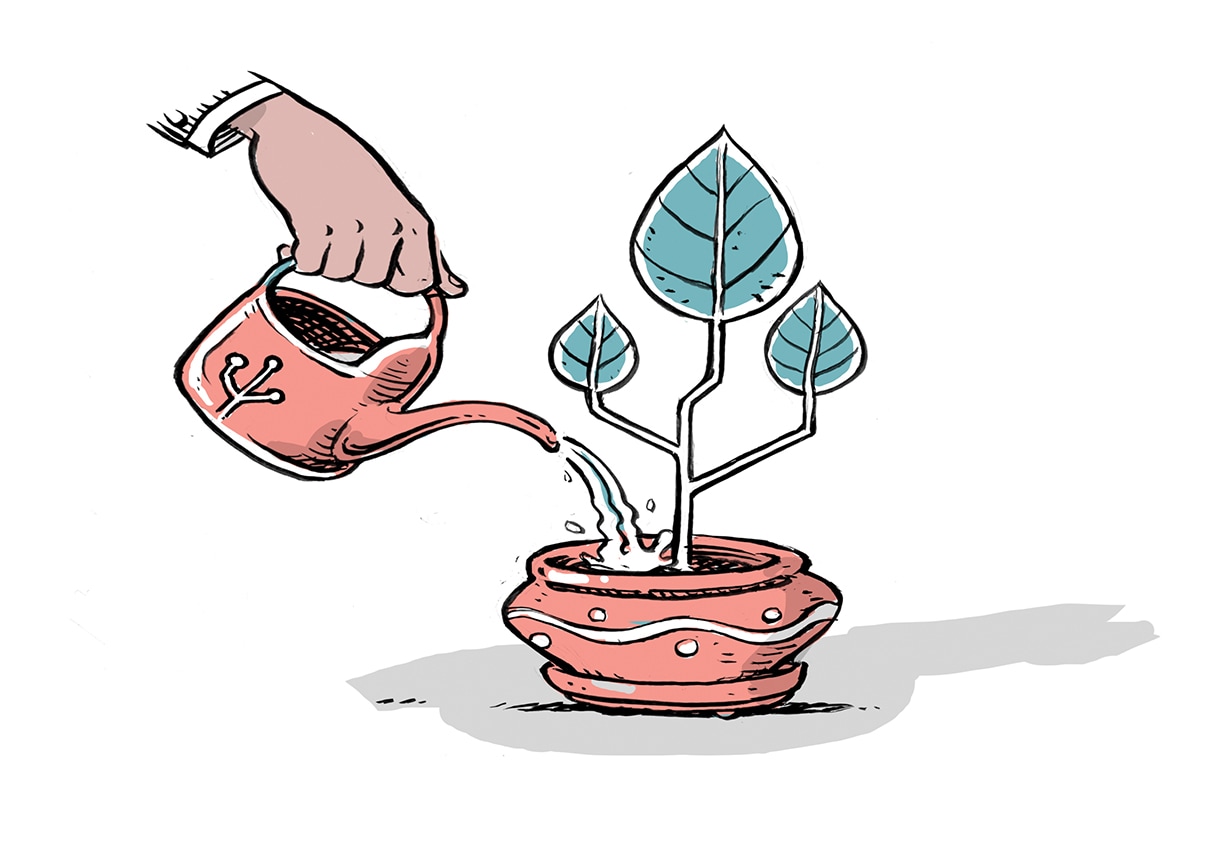{{item.title}}
{{item.text}}

{{item.title}}
{{item.text}}
Our society lives, works, and plays digitally. Around the clock, we rely on technology's speed, efficiency and convenience. This exciting tech whirlwind continually builds, shifts and innovates. But with exhilaration comes apprehension - about pace, corporate dynamics, government or industry regulations, and potential threats. All are valid concerns - and they're also opportunities. Together we can navigate this technology landscape to solve complex business challenges and realize your strategic business goals from strategy through execution.
Learn more, do more, and sell more, together. The new value equation.
Your business transformation needs are why we've developed strong Alliances with a number of technology firms, including UiPath, SAP, Salesforce and others. By combining PwC's expertise and our Alliance partners' technology tools, we can help your organization achieve its goals. Whatever your focus - more advanced technology, greater innovation, cloud or business transformation, or faster product and service speed to market - PwC and our Alliance are here to help.
In everything we do, we believe in solving important business issues for our clients. We do that through collaborating, innovating, and going to market together with our Alliances. The more we learn about each other, the more value we can provide to our clients. Create a new value equation for selling more, by learning more, together.
The life cycle of information technology is becoming shorter every year. Strategic capabilities that once set you apart may now be ‘table stakes’, shared by all your competitors. As this trend continues, you may need more than an upgrade; you need to modernize the way you ‘do technology’. Whether you keep or discard your legacy systems, this means giving more strategic thought to the technology you have in place right now, and the capabilities you are going to need.
Understanding what to get right - the elements of your IT system necessary to reach your goals - is essential. Knowing how to get it right - how to plan, sequence, invest, design, and engage the enterprise around your technological modernization - is equally important. Here are 10 guidelines for your digital transformation, from your legacy systems to your platforms of the future.
Taken together, these ten principles can lead to an effective and sustainable modernization of your IT systems. The critical issues, as with any organizational IT effort, are not purely technical. They involve learning how to design systems more effectively, to engage individuals, and to complement change throughout the overall enterprise. These ten principles can guide your way.
Although there may be many triggers for an IT modernization decision, one explicit goal is paramount: to deliver value. Every investment in technology should amplify the benefits for end customers: through better experiences, product quality or operating efficiencies that add value. First step? Start by developing a clear business case for the modernization effort, showing the expected value and innovation.
What next?
As organisations have evolved over the past 10 years, the underlying architecture of technology has evolved with them, often in a haphazard and 'as needed' fashion. Often the systems which remain require a range of different approaches to support, integrate, adapt and upgrade.
Modern modular platforms have changed all that. Standardisation of software code and integration standards have enabled systems to interact more fully without requiring bespoke designs. Tools such as application programming interfaces (APIs) allow you to develop interoperable components that fit together in standard ways and interact seamlessly.
How can cloud infrastructure or Software-as-a-Service (SaaS) help?
Modern organisations have a constant need to adapt within a ever-changing environment, requiring continuous innovation in products, services, and practices. Your systems must also have the flexibility to keep up.
How can you develop your own capabilities to design and deploy future-ready IT systems, that can flex as needed for innovation and growth? Or learn how to use artificial intelligence and machine learning to gain greater agility and speed?
Technology modernization is often seen as only a matter of changing IT systems. But these changes only sustain themselves if people accept and embrace them. You must therefore align your new systems to the company’s culture -- starting with a clear recognition of the new habits that people will need to adopt.
An evolution in technology architecture may well involve a significant cultural shift, with a new structure and new competencies.
How?
The traditional approach to technology treats systems as assets that a company owns and operates. A modern approach treats technology as a set of services that a company can consume and integrate as needed, without necessarily owning the systems at all.
You can then select and combine services from a range of best-in-class providers, within an overall framework that suits your organization’s unique needs.
Just as successful transformation is a staged journey, so too are Systems Modernization efforts. In their article "The Four Building Blocks of Transformation”, PwC organizational change experts Albert Kent, David Lancefield and Kevin Reilly describe how iconic companies have achieved their success through a fully coherent, differentiated, strategic identity. They methodically developed the capabilities and business models they needed to deliver this vision.
Your systems modernization can help you do something similar. How?
For most large and medium-sized companies it’s difficult (if not impossible) to reorganize all legacy IT systems at once. Your efforts must be divided, prioritized and sequenced, or they will be too large and complex to manage.
Most technology modernization efforts are organized by traditional projects: temporary efforts, framed and budgeted by categories of IT systems, and delivered by teams that disband when the project is complete. This often leads to a short-term focus that can distract your efforts from the most important goal: building the capabilities that deliver value.
What if you organized your change by capabilities instead?
When executing the modernization, look for ways to realize benefits faster. Avoid the “big bang” waterfall approach, which can involve many months’ wait before results start to be seen. Divide the modernization roadmap into discrete delivery increments, releasing usable functions on a frequent release cycle.
It’s better to be incomplete and rapid than complete and slow, as long as you obtain system user feedback frequently and shift your direction based on your best judgment about what users tell you.
Before commencing modernization, perform a careful analysis of the breadth and diversity of resources needed for a successful outcome. Project management and transformational leadership capabilities are as important as technical capabilities.
Be highly selective in forming the team that oversees the effort. Choose people with a strong bias for change, a strong desire and ability to learn, a high tolerance for complex and uncertain situations, and a solid reputation for collaboration and teamwork.
What else should you do?
The technology systems that you are modernizing are key to your organization's future. Therefore, do not treat modernization - or the procurement of the goods and services needed to support it - as a transactional event.
Your goal is to find partnering organisations who can deliver mutual benefits, and with whom you can develop a working relationship that goes beyond transactional.
How should you go about this?




Partner, Capital Markets and Accounting Advisory Services, Assurance, PwC Romania

